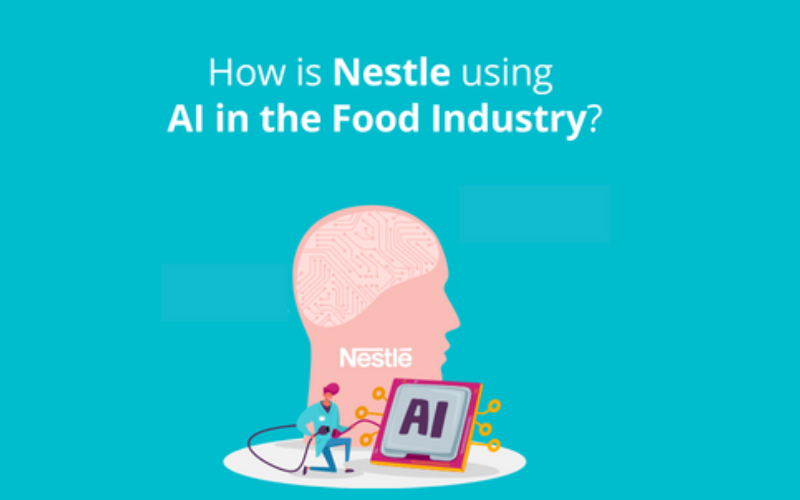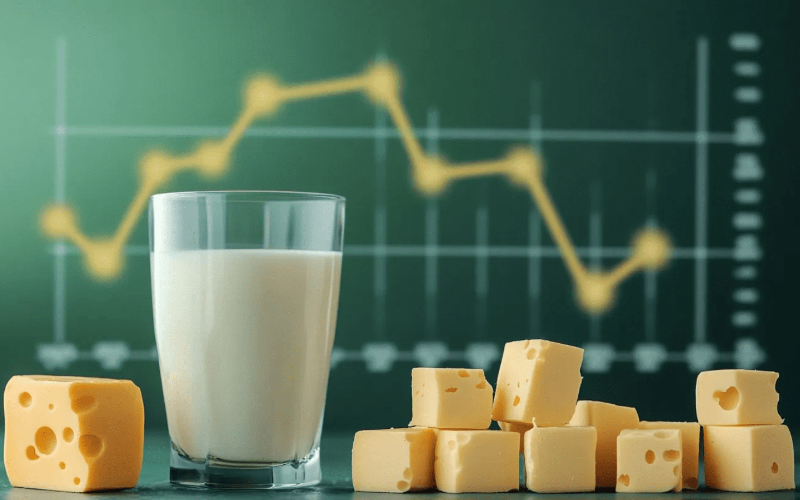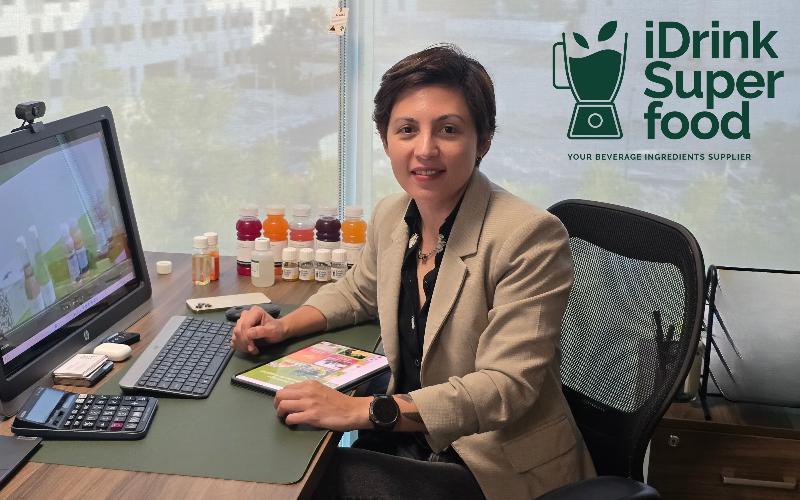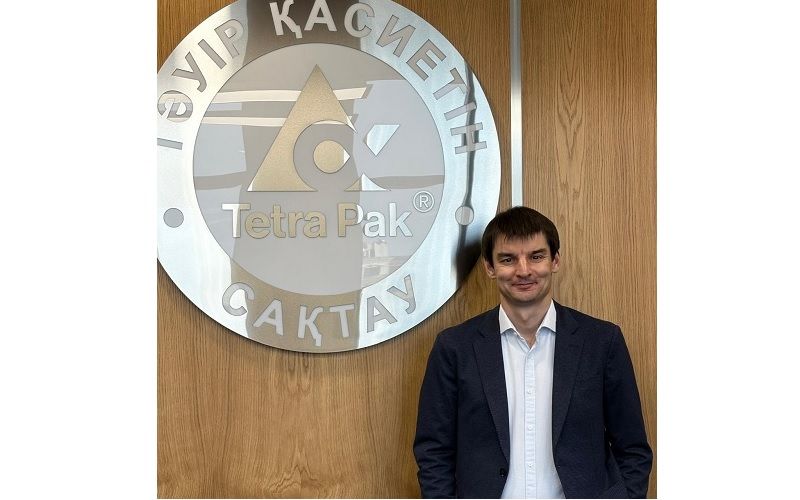Milk, Data, and Control: What Nestlé, Saputo, and Lactalis Are Not Disclosing
Sourse: en.edairynews.com
An exploration into how Nestlé, Lactalis, and Saputo are redefining global dairy trade through AI, impacting exporters and spot markets.

In today’s dynamic and competitive dairy market, artificial intelligence (AI) is no longer a futuristic buzzword. It’s a concrete tool that is redefining how prices are set, demand is forecasted, and logistics are optimized. Industry giants like Nestlé, Lactalis, and Saputo are integrating AI into various parts of their operations, and its impact is already being felt across spot markets and export dynamics—especially in key producing countries.
Nestlé is leveraging AI to improve demand forecasting accuracy by over 20%, enabling smarter inventory management and reducing costs fr om overstocking or understocking. This allows the company to roll out dynamic pricing strategies based on real-time consumer behavior. They’ve also developed NesGPT, an internal AI-powered assistant that enhances decision-making across supply chain, logistics, and commercial teams—bringing pricing closer to actual market behavior.
Lactalis is rolling out AI and Big Data applications across its Spanish and Australian operations to monitor raw milk quality and animal welfare, automate warehouse tasks using voice recognition and warehouse management systems (WMS), and streamline order processing and customer service through AI-based document scanning and chatbots. These changes have reduced picking errors by over 30% and cut logistics costs by up to 20%, making the company more price-competitive in key markets like Brazil and Chile.
Saputo takes a strategic approach to AI adoption, focusing on areas such as financial analytics and market trend forecasting, algorithmic trading and commercial risk modeling, and regulatory compliance and energy optimization across its supply chain. This technology enables Saputo to offer stable, competitive pricing—even amid inflationary pressures in Argentina or under stricter environmental regulations in Chile and the U.S.
AI enables precise forecasting and real-time adjustments, reducing pricing noise in spot markets and improving trading reliability. In import-heavy markets like Brazil, wh ere milk powder imports from Argentina and Uruguay surged in 2024, AI-enhanced companies are offering tighter margins and faster response times.
Milk pricing is no longer dictated solely by supply, demand, and weather. Increasingly, it’s shaped by algorithms trained on millions of real-time data points. Global dairy trade is moving toward radical efficiency, and exporters who ignore this trend may be left behind. Understanding how competitors use AI is now as essential as following GDT results or weather forecasts.
Nestlé is leveraging AI to improve demand forecasting accuracy by over 20%, enabling smarter inventory management and reducing costs fr om overstocking or understocking. This allows the company to roll out dynamic pricing strategies based on real-time consumer behavior. They’ve also developed NesGPT, an internal AI-powered assistant that enhances decision-making across supply chain, logistics, and commercial teams—bringing pricing closer to actual market behavior.
Lactalis is rolling out AI and Big Data applications across its Spanish and Australian operations to monitor raw milk quality and animal welfare, automate warehouse tasks using voice recognition and warehouse management systems (WMS), and streamline order processing and customer service through AI-based document scanning and chatbots. These changes have reduced picking errors by over 30% and cut logistics costs by up to 20%, making the company more price-competitive in key markets like Brazil and Chile.
Saputo takes a strategic approach to AI adoption, focusing on areas such as financial analytics and market trend forecasting, algorithmic trading and commercial risk modeling, and regulatory compliance and energy optimization across its supply chain. This technology enables Saputo to offer stable, competitive pricing—even amid inflationary pressures in Argentina or under stricter environmental regulations in Chile and the U.S.
AI enables precise forecasting and real-time adjustments, reducing pricing noise in spot markets and improving trading reliability. In import-heavy markets like Brazil, wh ere milk powder imports from Argentina and Uruguay surged in 2024, AI-enhanced companies are offering tighter margins and faster response times.
Milk pricing is no longer dictated solely by supply, demand, and weather. Increasingly, it’s shaped by algorithms trained on millions of real-time data points. Global dairy trade is moving toward radical efficiency, and exporters who ignore this trend may be left behind. Understanding how competitors use AI is now as essential as following GDT results or weather forecasts.
Key News of the Week












